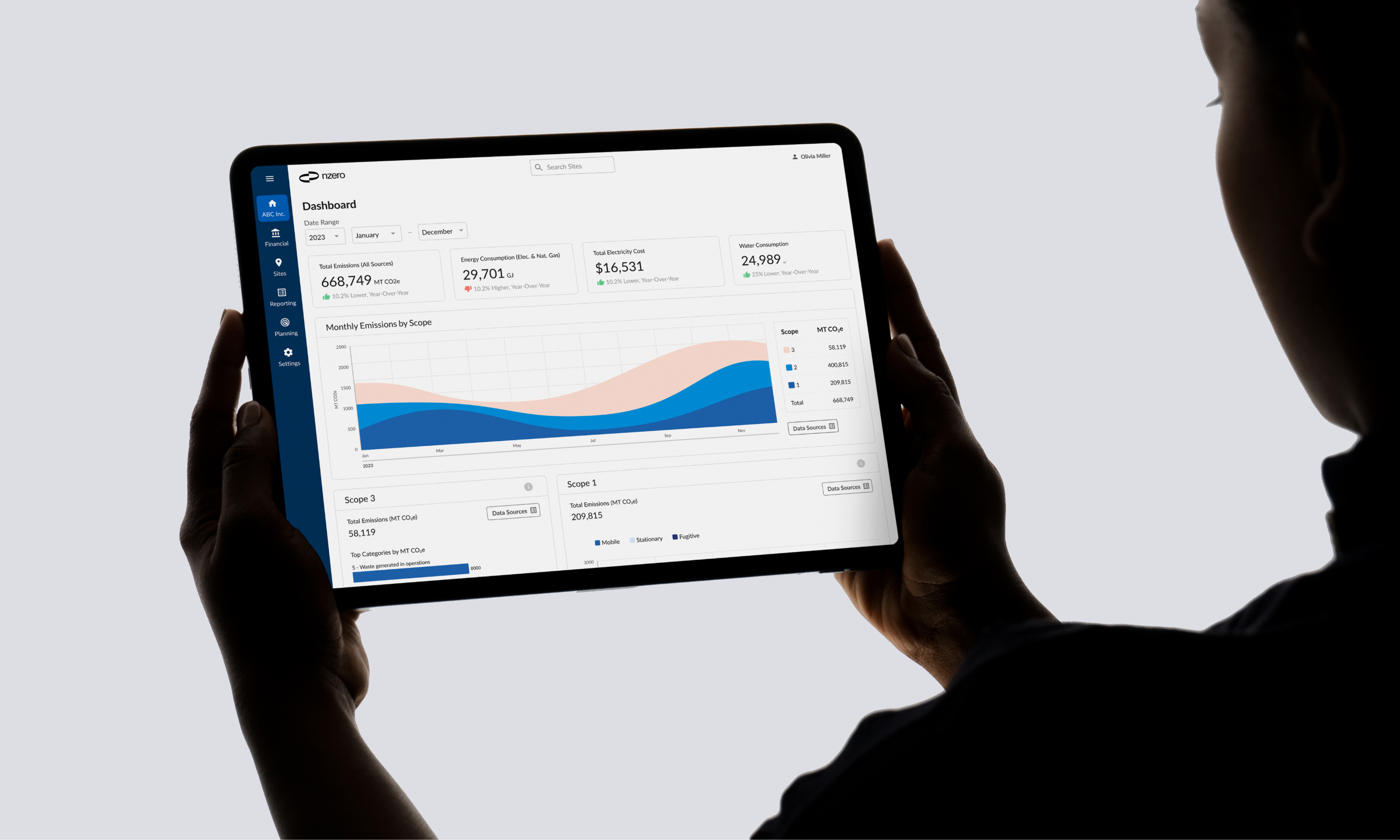Why Manufacturers Need Real-Time Visibility
Industrial energy use is complex and often opaque. From motors and furnaces to HVAC and compressed air systems, thousands of components draw power simultaneously. Without granular visibility, companies face challenges in:
- Detecting anomalies or inefficiencies in equipment
- Quantifying carbon emissions accurately
- Aligning operations with off-peak renewable energy supply
- Meeting compliance and reporting standards (e.g., Scope 1 and Scope 2 emissions)
Real-time energy monitoring solves these problems by integrating IoT sensors, cloud-based dashboards, and AI analytics into manufacturing operations. These systems provide minute-by-minute insights, enabling immediate responses and data-driven decision-making.
Data-Driven Decarbonization and Operational Gains
Real-time monitoring can yield dramatic results: According to industry case studies, manufacturers that implement real-time monitoring achieve energy savings of up to 20%, compared to just 5% for those using traditional energy audits or reactive controls. Key benefits include:
- Emission Reduction: Automated tracking of CO₂ emissions enables better ESG reporting and accelerates compliance with standards like ISO 50001.
- Operational Efficiency: Detecting energy spikes in machinery helps preempt maintenance issues, reducing downtime and extending asset life.
- Cost Savings: Real-time alerts and load balancing reduce energy bills through peak shaving and demand-response strategies.
- Empowered Workforce: Dashboards and mobile apps give facility managers and technicians actionable insights to optimize performance daily.
As digital twins and AI-based control systems mature, monitoring is no longer passive—it becomes prescriptive, even autonomous, in optimizing energy usage and cutting carbon.







